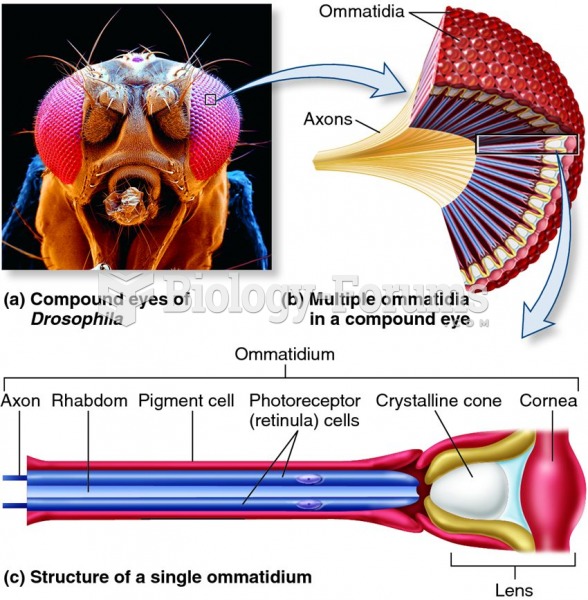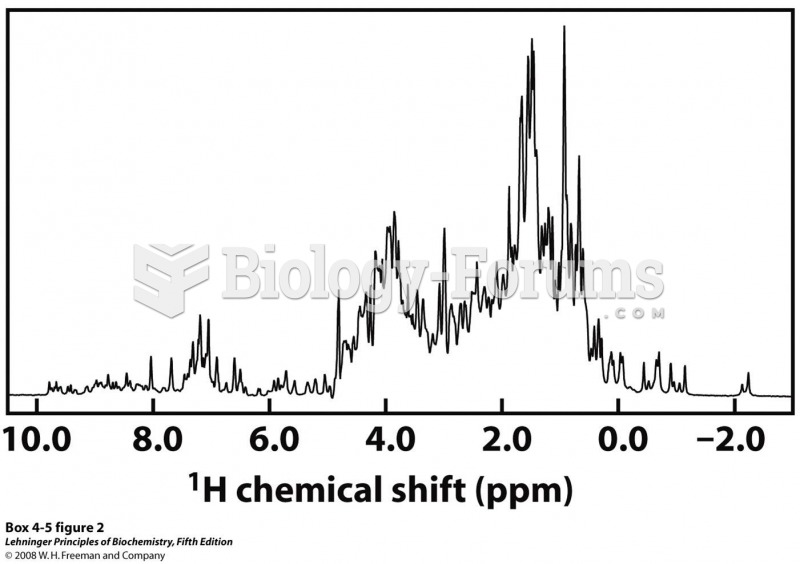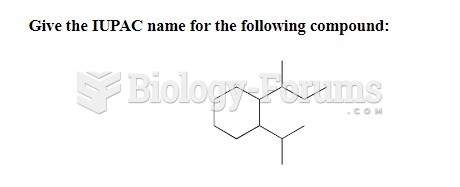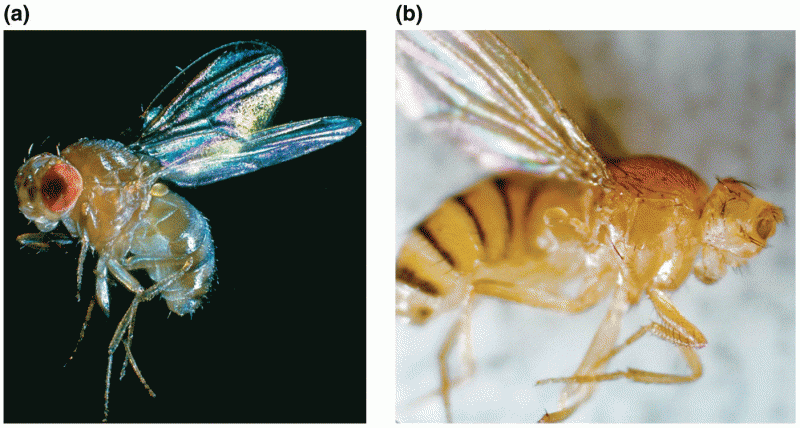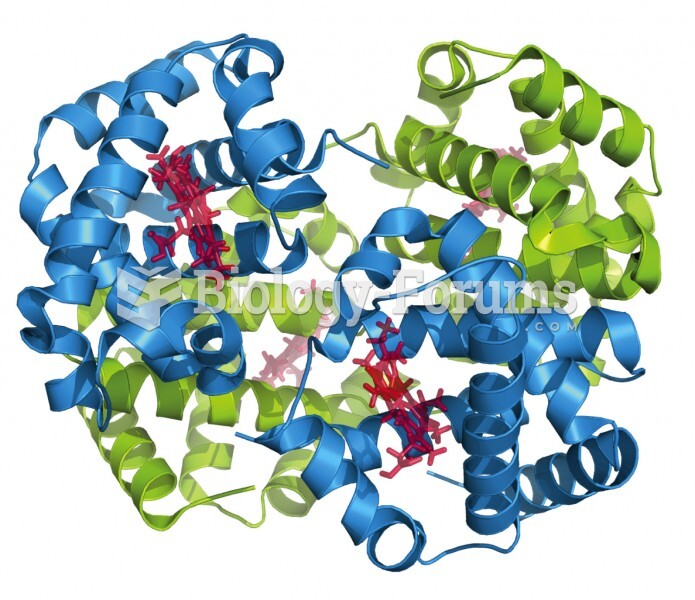The following compound will have an
1H NMR spectrum that consists of:

A)
two singlets, area ratio 6:4.
B)
three singlets, area ratio 3:3:4.
C)
four singlets, area ratio 3:3:2:2.
D)
two singlets and two doublets, area ratio 3:3:2:2.
E)
two triplets and a singlet, area ratio 3:3:4.
Question 2The following compound will have a proton NMR spectrum that shows:

A)
two singlets, area ratio 3:1.
B)
two singlets, area ratio 9:1.
C)
three singlets, area ratio 3:3:6.
D)
four singlets, area ratio 3:2:6:1.
E)
six singlets, area ratio 3:3:3:1:1:1.
Question 3Compounds that will show only two sharp singlets in their
1H NMR spectra are:

A)
1 and 2
B)
3
C)
1 and 3
D)
1 and 4
E)
1, 2, and 4
Question 4The proton(s) on which C will produce a splitting pattern that is a doublet in its
1H NMR spectrum?

A)
1
B)
2
C)
3
D)
4
E)
5
Question 5Which of the following molecules has more than three (3) different types of protons in its
1H NMR?

A)
I
B)
II
C)
III
D)
IV
E)
V
Question 6Which of the following molecules shows only one singlet in its
1H NMR spectrum?

A)
I
B)
II
C)
I and III
D)
IV
E)
V
Question 7Which of the following molecules will show two peaks with an area ratio of 6:4 in its
1H NMR spectrum?

A)
I
B)
II
C)
III
D)
IV
E)
V
Question 8A compound with the molecular formula C
5H
12 gave the following
1H NMR spectrum:
singlet,
d 1.0 (12 H)
The structure of this compound is:

A)
I
B)
II
C)
III
D)
IV
E)
all are possible
Question 9In the
1H NMR spectrum of the following molecule, the protons on which carbon will have the most downfield chemical shift?

A)
1
B)
2
C)
3
D)
4
E)
5
Question 10How many peaks would you expect to see in the
1H NMR spectrum for the following compound:

A)
1
B)
2
C)
3
D)
4
E)
more than 4
Question 11How many peak(s) would you expect to see in the
1H NMR spectrum of 1-bromobutane?
A)
1
B)
2
C)
3
D)
4
E)
more than 4


